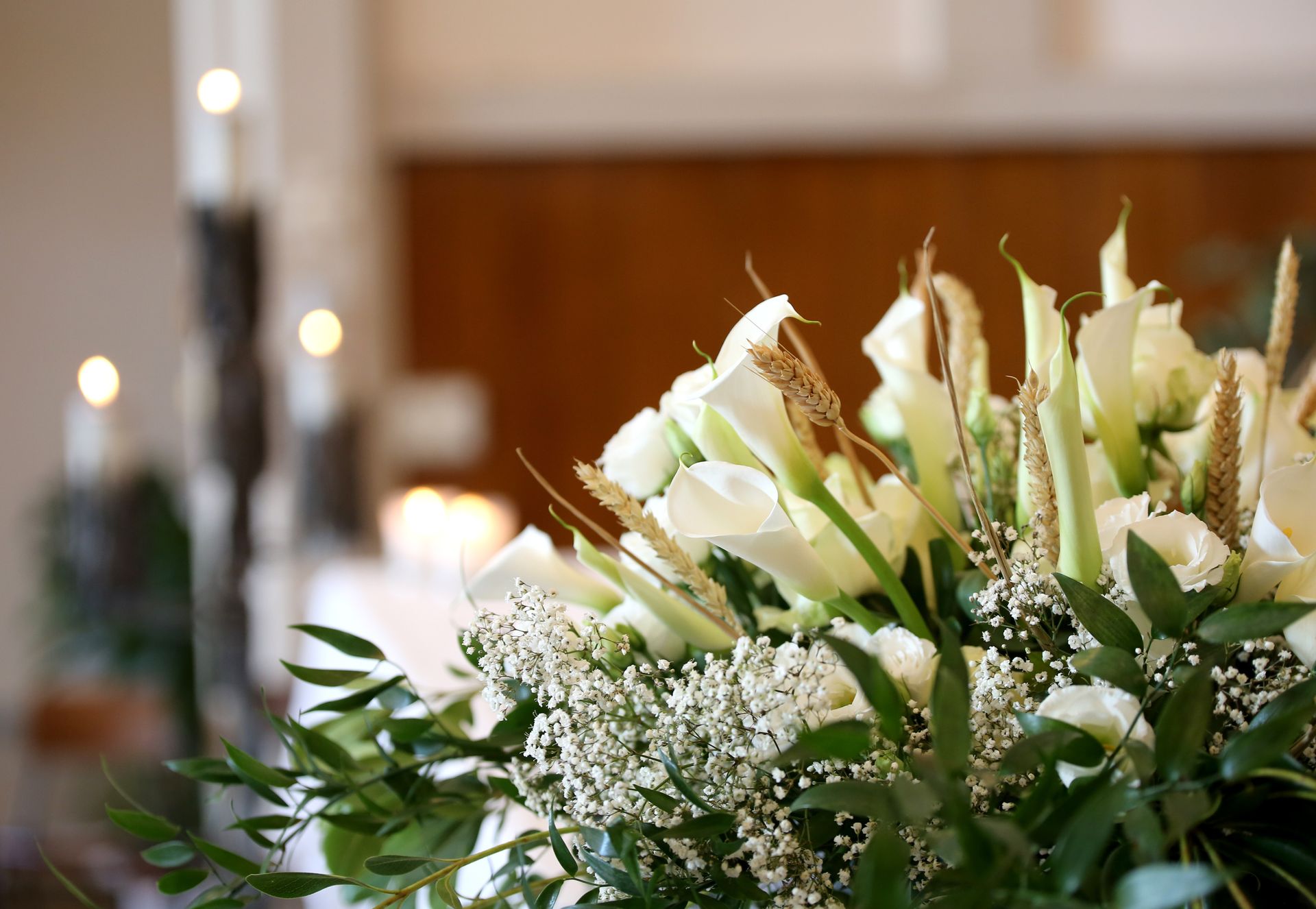Memorial services after cremation

Memorial services after cremation are becoming quite common, but you may never have been involved in planning one before. Here are some ideas to get you started.
Timing
A memorial service can be held any point after cremation, since there is no time pressure of burying the body at a cemetery. Some families choose to have a service within a few days of the death, while others may wait a few weeks or even months.
There are advantages to holding the service quickly. It allows family and friends to gather during the difficult time immediately following the loss to comfort and support one another. It can be strange to go right back to daily life after losing someone you love. A service doesn’t necessarily bring closure, but it is an important milestone along your journey, marking the end of one chapter and the beginning of another.
On the other hand, having a service a few weeks or months after the death allows you time to plan a meaningful service without rushing through the details. You have more flexibility for selecting a venue and arranging travel schedules for out-of-town guests.
Location
A memorial service may be held anywhere large enough to accommodate your guests. This might include a church, our funeral home, a banquet hall, restaurant, club or park. Make sure you keep weather in mind when considering an outdoor location.
Formality
A memorial service can be as formal as you want it to be. The tone of a service tends to be set by the location, officiant, type of music played, religious elements, etc. A memorial service that includes a sharing time among the guests tends to be less formal in nature.
Officiant
An officiant guides you and your guests through the various aspects of the service. This person could be a minister, celebrant or friend of the family. If you do not have a minister or anyone in mind, our staff can make a recommendation. An officiant should typically be given an honorarium by the family for their efforts.
Elements of a service
- Here are some common elements of a memorial service:
- Video tribute with family photos
- Special music (live or recorded)
- Remarks about the life of the deceased
- A time of sharing memories by guests
- Readings of poetry or religious texts
- Prayers
- Display of photos, awards, memorabilia
- Handout with the order of service and obituary
Other ideas include:
- Dove or butterfly release
- Balloon release by guests
- Catered or potluck meal
- Candle lighting ceremony
- Favors for guests (packet of seeds, ribbon to wear, or other keepsake)
The important thing to remember is that a memorial service is to celebrate and honor the life of your loved one, and allow you to feel the support of family, friends and the community in your time of loss.








